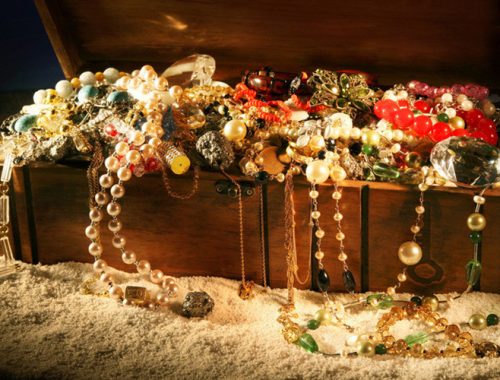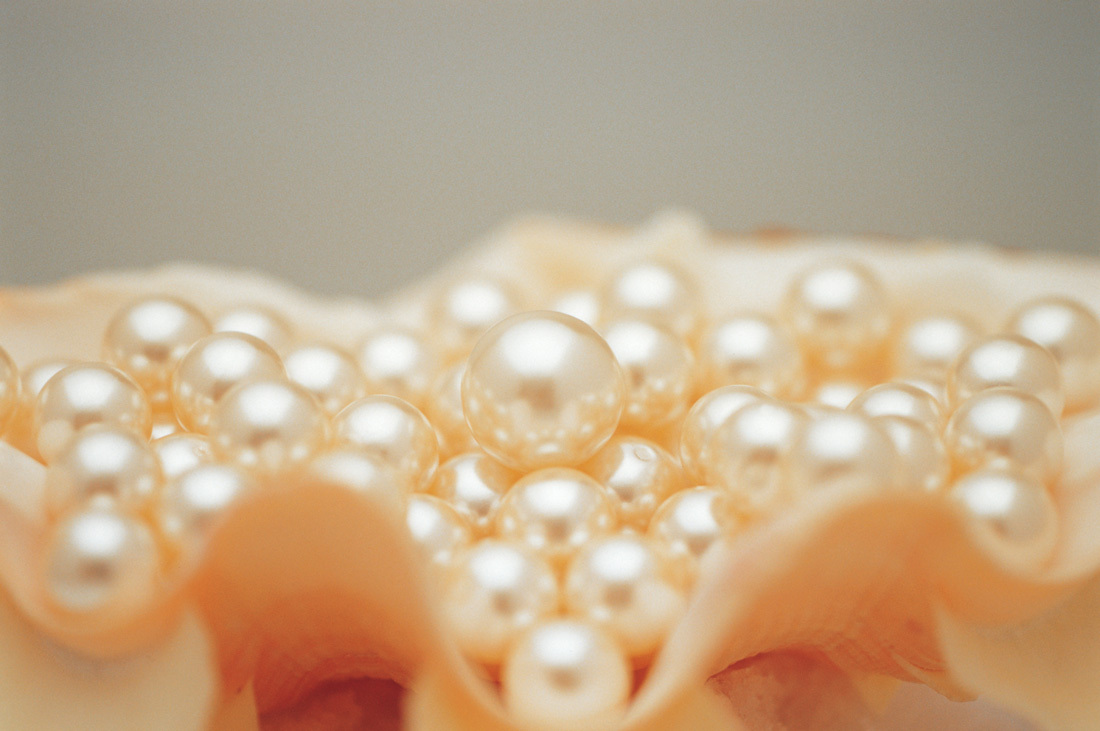How to Find a Good Manufacturer in China
Introduction:
Finding a reputable and reliable manufacturer is crucial for businesses looking to source their products from China. The vast manufacturing capabilities in China can be overwhelming, and while there are numerous options available, it is essential to ensure you choose the right manufacturer that meets your specific needs. In this article, we will outline a comprehensive guide on how to find a good manufacturer in China, focusing on important factors to consider, research techniques, and effective communication strategies.
-
Define Your Product Requirements:
Before you begin your search for a Chinese manufacturer, it is vital to have a clear understanding of your product requirements. Specify the desired quality, materials, production volume, packaging, and any other details necessary to ensure you find a manufacturer that can meet your expectations and standards.
-
Research and Gather Information:
To narrow down the list of potential manufacturers, research and gather relevant information about different factories and suppliers. Utilize online global sourcing platforms, industry trade shows, trade organizations, and referrals to find credible manufacturers. Evaluate their reputation, production capabilities, certifications, and client references to assess if they align with your business requirements.
-
Verify Manufacturer’s Legitimacy:
Ensure that the manufacturer you choose is legitimate and legally registered in China. Verify their business license, certifications, and related documentation to establish their credibility. This due diligence minimizes the risk of working with fraudulent or untrustworthy entities.
-
Conduct Background Checks:
Perform thorough background checks on potential manufacturers by assessing their track record, industry experience, and financial stability. Check public records, such as lawsuits, credit history, and industry involvement, to gain a comprehensive understanding of their reputation and reliability.
-
Request Samples and Assess Quality:
Request product samples from shortlisted manufacturers to evaluate their product quality. This step allows you to inspect the materials used, workmanship, and overall quality standards. Assessing samples helps you make informed decisions about the most suitable manufacturer for your product.
-
Factory Visits and Audits:
Consider visiting the potential factories personally or arranging third-party inspections to assess their manufacturing facilities, equipment, and quality control procedures. This firsthand experience enables you to witness the conditions and ensure they meet your required standards.
-
Communication and Language Barriers:
Effective communication with Chinese manufacturers is essential to convey your product specifications accurately. Chinese manufacturers often have English-speaking staff, making communication easier. However, using a professional translator or interpreter during complex discussions or negotiations can help overcome language barriers and ensure mutual understanding.
-
Negotiate Pricing and Terms:
Carefully negotiate pricing, payment terms, delivery schedules, and other relevant contractual details to establish a mutually beneficial relationship with the manufacturer. Seek transparency and ensure you discuss and agree upon all aspects of the manufacturing process and costs involved to avoid any future disputes.
-
Intellectual Property Protection:
When sharing designs, blueprints, or other confidential information, ensure to protect your intellectual property by signing non-disclosure agreements (NDAs) and having them registered in China. This step safeguards your designs from being used or replicated by others without your consent.
-
Establish Long-Term Relationships:
Finding a reliable manufacturer in China is not just about completing a single transaction. Aim to build long-term relationships with trustworthy manufacturers to ensure consistent product quality, timely deliveries, and efficient communication. Maintain regular contact and visit the manufacturer periodically to nurture these relationships.
Conclusion:
Finding a good manufacturer in China involves thorough research, due diligence, communication, and building trust. By defining your product requirements, verifying the manufacturer’s legitimacy, assessing product quality, and building strong relationships, you can maximize your chances of finding a reputable and reliable manufacturing partner in China. Remember, investing time and efforts to find the right manufacturer is crucial to the success of your business ventures in China.











